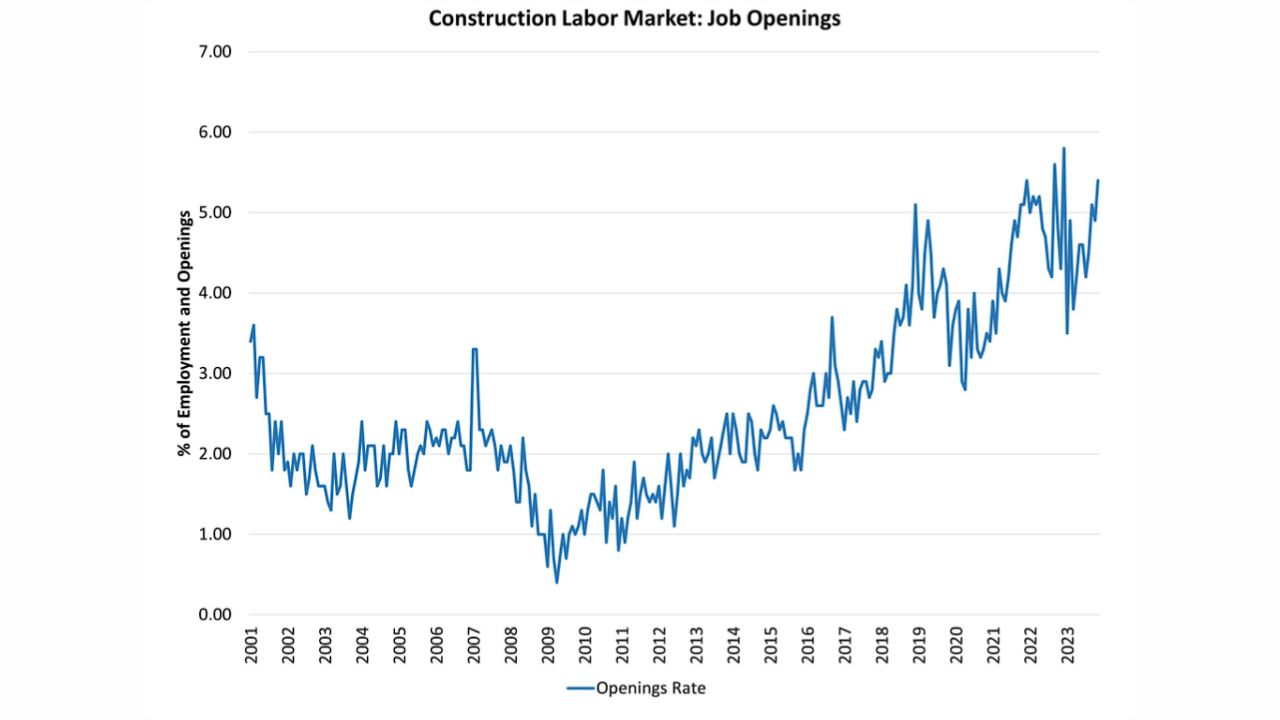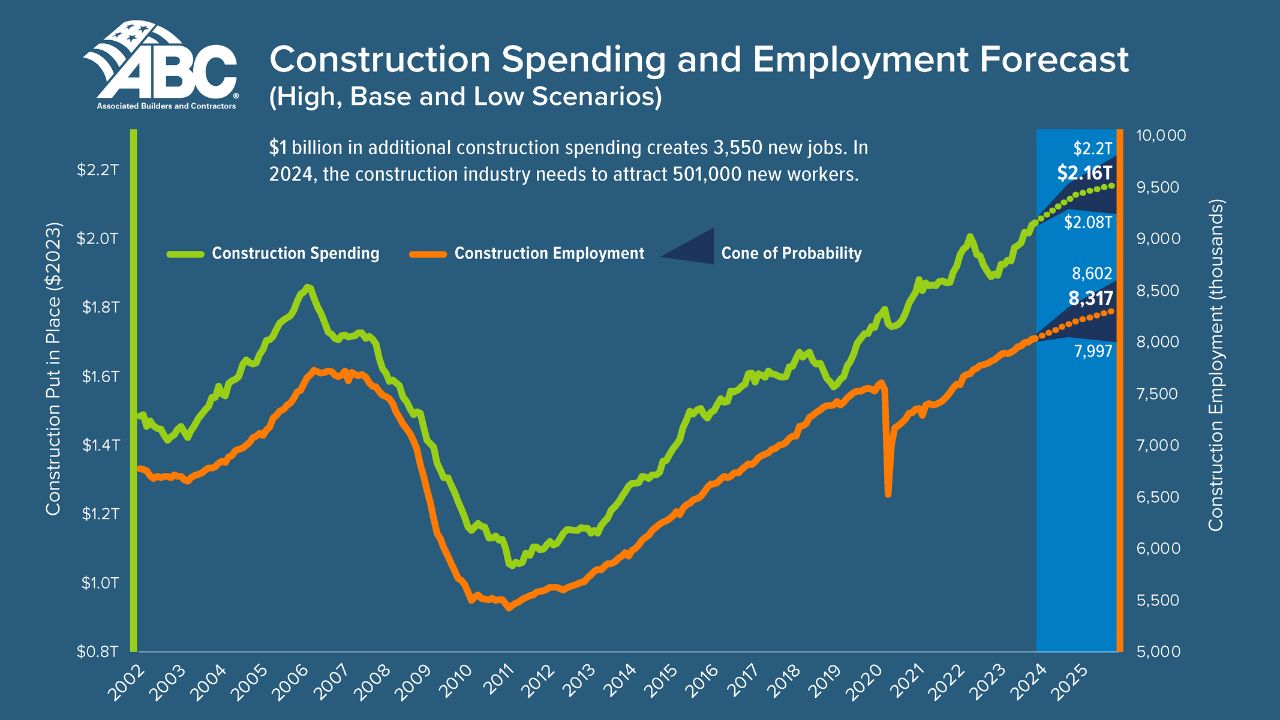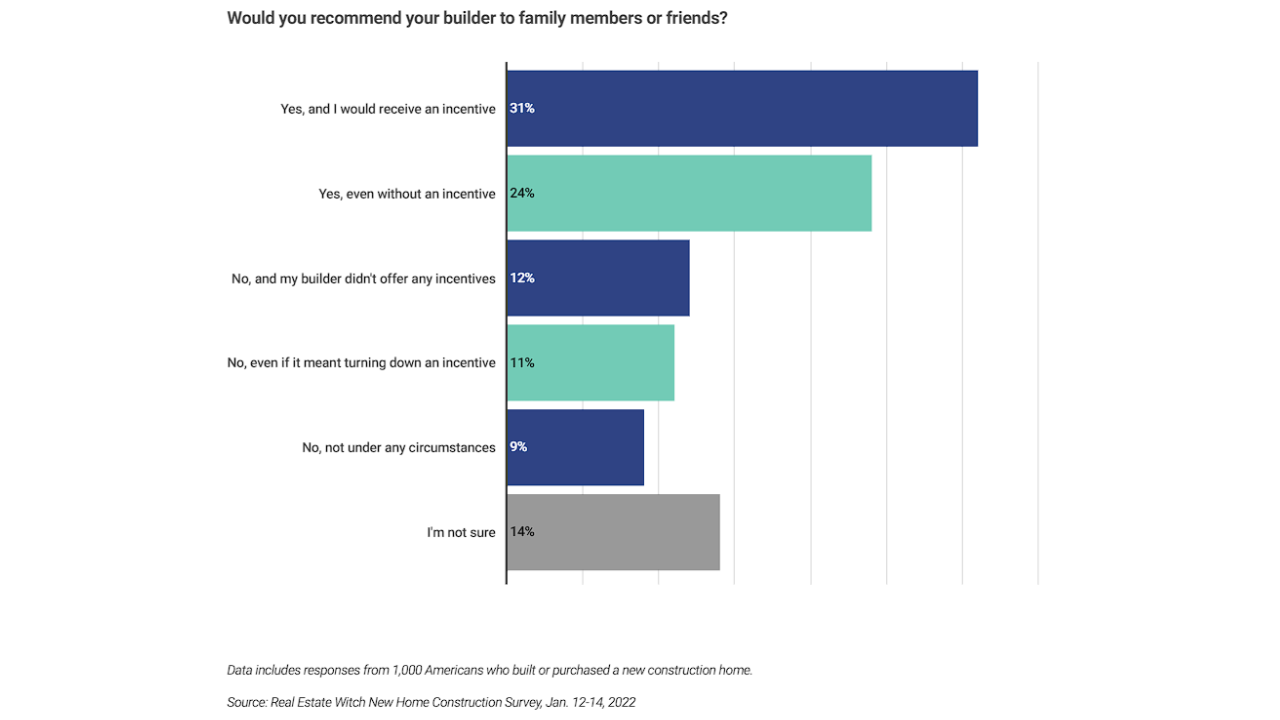Navigating today’s housing market takes more time, patience, and capital than ever. For first-time homebuyers and seasoned homeowners looking to move, it’s tougher than it should be to make a move. Inexpensive new construction remains minimal, while older affordable homes offer another slew of problems.
Restrictive zoning laws, inflated mortgage rates, and low housing inventory impact househunting. Consumers can’t get a break with a median home sales price of $412,000. Even if buyers negotiate their way into an economical new build, its quality is not guaranteed.
Backlogged construction and skilled labor shortages result in rushed construction. As big and small builders hustle to finish the job, cracks, dings, and important details get overlooked. Homeowners pay the penalty, as many builders avoid warranty repairs to avoid their costs.
Skilled Labor Shortage With a Surplus of Work

Labor shortages occur for a few reasons. In certain industries, skill gaps and shortages decrease the number of hireable people. An aging workforce and government incentives motivate early retirement or decreased working hours. Workforce scarcity impacts states and private sectors based on localized market demand and job opportunities.
The US Chamber of Commerce claims, “Workers may not necessarily be located in the geographic areas where the open positions are situated. It also does not imply that an industry will have all the workers it needs in future years.”
Although the construction industry has a surplus of experienced construction workers looking for work—490,000 to be exact—there’s not enough work. So, how does that translate to a labor shortage?

The National Association of Home Builders (NAHB) offers an interesting insight into why a job surplus can be bad, stating, “The construction labor market moved in the opposite direction of the overall economy, with the number of open construction jobs rising. The count of open construction jobs increased to 459,000 in November. The rise indicates an ongoing skilled labor shortage for the construction sector.”
With too many construction jobs and insufficient workers to get the work done, projects slow down, and backlogs develop. These delays increase project costs for builders, incentivizing shortcuts and rushed jobs. That bodes ill for new construction homes.
Construction Costs: Burning Through the Budget

An abundance of construction job opportunities relates directly to industry spending, as the American Builders and Contractors (ABC) chart shows. Demand for housing pushes spending up, while interest rates restrict which builders can afford to deal with inflated costs. Due to inflation, residential construction prices increased by 39.8% from 2020.
Materials prices continue to rise, pressuring builders to cut corners or compromise on quality to complete on time. Big builders have tight profit margins, and traditional residential timelines vary based on weather, materials delays, and available workers. When materials sit too long on a job site, builders often insure them, increasing project costs further.
Mike Powell, a forensic engineer for over 20 years and a certified professional home inspector, owns Red Flag Home Inspection in Tampa, Florida. His background in determining the cause and origin of building failure lends a firsthand look at how labor shortage ties into higher construction costs.
Powell told me,
“The skilled labor shortage is not just a statistic; it’s a reality that affects the quality of every nail driven and every wall erected. With fewer experienced tradespeople on the job, the risk of errors increases—errors that can lead to future defects covered under warranties, assuming they’re acknowledged and addressed by the builders. Some of the most common failures are painfully easy to avoid with knowledge and understanding of what must be done.”
With the pressure on, the temptation to rush the job makes sense. Homebuilders and contractors overlook important details as the budget gets spent on payroll, insurance, and more. As proof, you don’t need to look any further than social media personalities who gained their following on the back of exposing today’s housing problems—and there are many.
Rushing the Job: Home Inspectors Find the Devil In the Details
With new construction at an all-time high, home inspectors have plenty of work. New builds make up a small portion of inspections, but new builds need a closer look as housing demand increases. Some serious inspectors share their work online to help homebuyers avoid dangerous and expensive builder mistakes.
Inspectors like Cy Porter and Mike Powell offer a closer look into home inspection. New build homes shouldn’t have cracks, dings, and incomplete paint jobs or exterior finishes. As some inspectors’ videos show, again and again, the details get overlooked.
Cy Porter, Certified Master Inspector of CyFy Home Inspections, offers a painfully honest perspective into the quality of newly built homes in Arizona. With a combined following of 1.2 million followers across TikTok, Instagram, Facebook, and YouTube, Porter has quite a fanbase thanks to his honest takes.
After contacting him because of that honesty, he shared a lot with me about how many problems he’s uncovered, beginning with the rushed construction process.
He shared with me,
“The owner of the company will hire minimum wage employees or less than minimum wage employees (use your imagination here). The company owner will then get paid, say, $400 to tile each house. The company owner will send one of those employees per house to tile the entire home. It will take him a few days—the faster he is, the more he makes. [He] keeps the majority of the $400 and gives the rest to that employee (I was getting paid similarly and sometimes made less than minimum wage). What kind of quality work do you think you will get in this situation?”
Porter poses an important question. Paying less for materials and labor, based on tight profit margins and lengthy production, makes sense. Yet the long-term cost of rushing jobs yields less consumer trust and higher business costs when warranties require builders to repair their mistakes.
Valuing Profit Over Consumer Trust: The Long-Term Cost

As inspectors like Porter point out, there’s no incentive to build new construction homes the “right way.” Despite the downsides of rushed jobs, some builders are more than happy to dodge warranty claims until the coverage expires. They hope to pawn off the warranty repairs as not their problem or blame someone else for the damage.
Porter told me, “Arizona has a state-implied warranty that is a little more picky than the builder’s national warranty policy. If a builder can not meet minimum legal requirements, why should they get five stars? I would give one star to all who participate but can’t meet minimum standards. I repeat, not one of their homes would meet the minimum requirements. I haven’t seen one [house that passes inspection] in the almost ten years I’ve been doing this. I can’t speak for how they do in other parts of the country, but I doubt their quality is any different.”
Porter’s social media accounts showcase inspections that don’t meet standards. He’s gained enough traction to garner the attention of local media, which doesn’t bode well for Phoenix-area builders. When builders lose consumer trust, they lose cash.
If 32% of new construction homeowners regret their purchase, big builders must learn from their mistakes. Powell explains how little that trust means to these companies. He shared with us,
“The reluctance of some builders to take responsibility for these issues can be attributed to several factors. The financial impact of redoing work properly is a significant deterrent, especially if it involves tearing down and rebuilding parts of the home. Additionally, there’s a calculated risk involved; some builders gamble on the chance that homeowners won’t pursue warranty claims or that they can manage any negative fallout through marketing or legal channels rather than upfront quality control.”
Regardless of their reluctance, homeowners deserve a well-made home. Honest inspectors like Porter and Powell aren’t the norm, but save many from overpaying for warranty repairs. Take a hint from their insight and expertise. Hire your own inspector, and don’t take these “trusted” big builders at face value.
Finding a Builder You Can Trust
For many, new construction may offer the best chance of homeownership. Older homes come with hidden costs, offsetting their affordability. Affordable starter homes in good condition are rare and in high demand. Finding a builder you can trust isn’t impossible.
NAHB offers a guide to picking a home builder. Pick the builder you prefer if a custom home is within your budget. Smaller builders exist, and hiring them over big box companies keeps their business thriving.
Custom builders can allow for more conservative budgets. Finding the best one for your needs depends on where you live. Some are better for first-time buyers looking for starter homes. If you’re looking for a tiny home builder, there are great options, too.
House hunting doesn’t have to be a nightmare. Take your time, avoid rushing when possible, and advocate for yourself if you get stuck with a big builder. Do your research on social media; reach out to others who used the same builders in your area.






